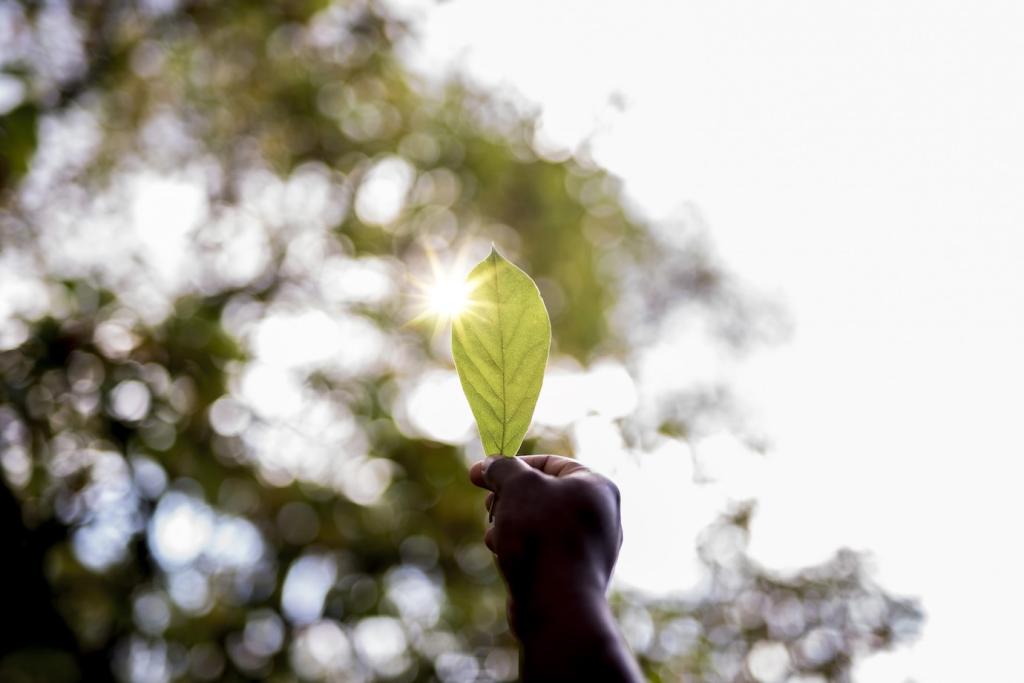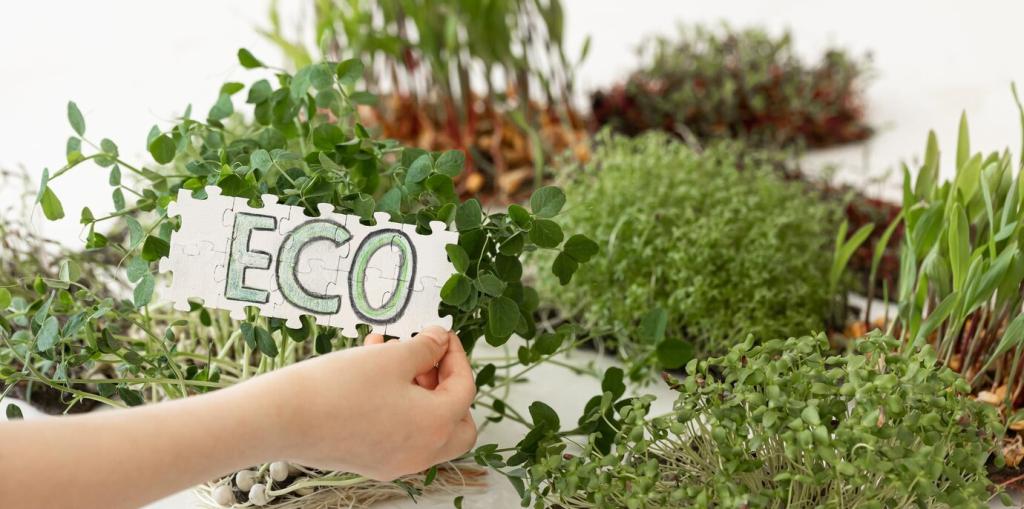Biodegradable Flooring Options
Biodegradable flooring options are becoming increasingly popular for their ability to provide stylish and functional surfaces while minimizing environmental impact. These types of flooring are made from natural, renewable materials that break down naturally without leaving harmful residues in the environment. Choosing biodegradable flooring is an ideal way to promote sustainability, reduce waste, and create a healthier indoor environment. In this guide, we will explore various biodegradable flooring solutions, their benefits, installation methods, maintenance, and their impact on design and aesthetics.

At the core of biodegradable flooring is the science of decomposition, where organic material is broken down by natural processes involving bacteria, fungi, and other microorganisms. This process is greatly influenced by the composition of the material, presence of additives, and the environmental conditions under which degradation occurs. Flooring that is genuinely biodegradable will leave minimal trace, converting primarily into water, carbon dioxide, and natural biomass. Understanding this science can help consumers differentiate between truly biodegradable options and those that only contain a fraction of biodegradable components.

Popular Biodegradable Flooring Types
Cork Flooring
Cork flooring is harvested from the bark of the cork oak tree, which regenerates naturally, making it a renewable resource. This flooring is naturally biodegradable and provides excellent thermal and acoustic insulation. It is also resilient underfoot, offering a cushioned feel that makes it comfortable for prolonged standing or walking. Besides its environmental benefits, cork flooring is antimicrobial and hypoallergenic, adding health advantages to its green profile. Properly maintained, cork can last for decades, and when its life cycle ends, it can be composted or responsibly disposed of without harming the environment.
Linoleum Flooring
Linoleum flooring is made from a blend of all-natural materials such as linseed oil, wood flour, cork dust, and natural pigments. One of its most notable characteristics is its complete biodegradability, as it will naturally decompose in the right conditions. Linoleum gained popularity over a century ago and is experiencing a resurgence as consumers pursue sustainable building solutions. It is naturally antistatic and resists dust and dirt, making it an excellent choice for allergy sufferers. Linoleum comes in a wide range of colors and patterns, ensuring that eco-conscious consumers do not have to sacrifice style for sustainability.
Bamboo Flooring
Bamboo flooring is produced from a fast-growing, renewable grass that matures in a fraction of the time required for traditional hardwoods. This makes bamboo an environmentally responsible choice for biodegradable flooring. Bamboo planks are durable, hard, and available in various finishes and grains, offering versatility in both modern and traditional interiors. When manufactured without toxic adhesives, bamboo flooring will biodegrade at the end of its useful life, further minimizing environmental impact. Additionally, bamboo cultivation helps reduce soil erosion and absorb carbon dioxide, contributing positively to the planet even before it reaches your floor.
Installation and Maintenance
Installing biodegradable flooring involves the use of adhesives and underlayments that align with the sustainability goals of the material itself. Water-based glues, low- or zero-VOC (volatile organic compound) adhesives, and natural underlayments made from jute or felt are preferred. Floating floor techniques, which do not require adhesives, can be especially beneficial, as they allow for easy removal and recycling or composting of the materials at end of life. Installers may also use precision cutting to minimize waste, ensuring that every plank or tile serves a purpose.
